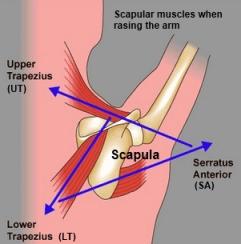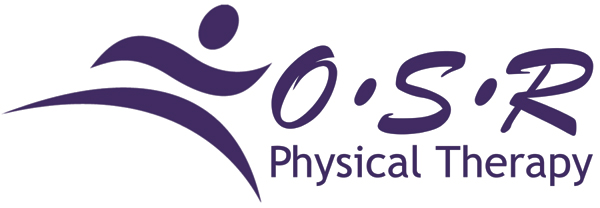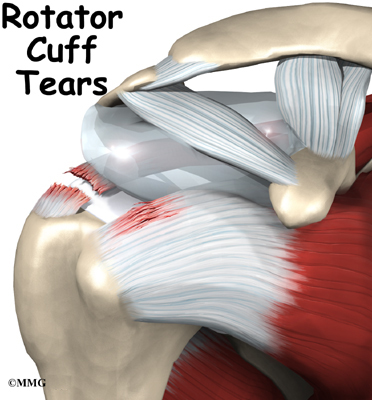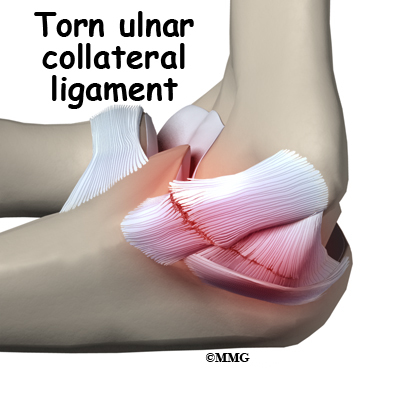Welcome to the final article in our baseball series for the month of June!
The third common throwing injury is a condition called
scapular dyskinesis. This occurs when the shoulder blade is not moving fluidly
with the arm. Without our shoulder blade moving, we can reach just above
shoulder height. The movement of the arm and shoulder blade together is what
allows us to reach above our head. If this ‘rhythm’ is not in sync, it can
cause defects in a thrower’s mechanics and also cause impingement in the joint as
a thrower tries to force them into the correct arm slot.

Finally, the most preventable throwing injury is caused by
overuse. Often pitchers get themselves in trouble when they fail to rest in
between starts. By throwing with fatigued muscles a player is at risk of
decreased shoulder stabilization which can cause injury to both their shoulder
and elbow. It is imperative that a pitcher fully recovers before making the
subsequent start.If you notice a loss of speed or distance, this is a sign of fatigue.
Baseball season is enjoyable for players, coaches, parents
and fans. By keeping the shoulder and elbow strong and pain free that enjoyment
will last the whole summer. Have questions? Leave us a post!




